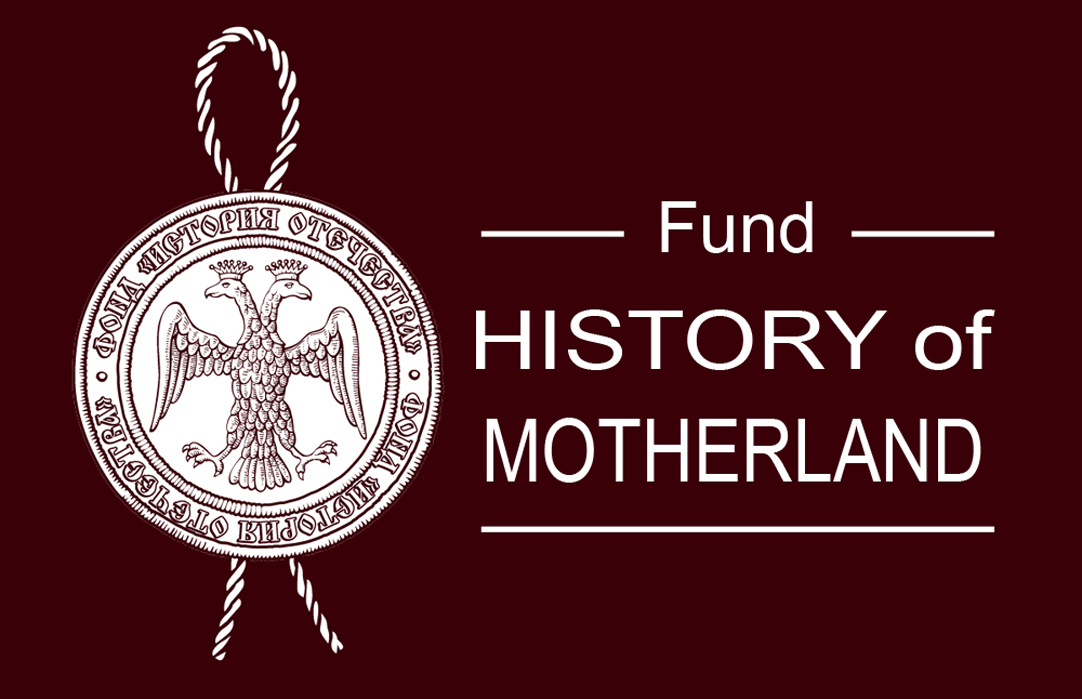Project Idea
The character of a nation depends on its blood and soil — the soil on which the people of a nation live and the blood that they have shed on their ground. Looking at the world map we see that the mankind has settled the Earth unevenly. Some regions have never been popular, while others have always been fought for. We see that new states arise in the same places again and again only to vanish and make way for the younger and stronger. Other territories are settled slowly and unwillingly.
The Earth regions that have always attracted the mankind and have seen intense historical processes leading to the creation of states and whole civilisations are called ’civilizational niches’. The human history has known several such regions: the Mediterranean, Central Asia, Southeast Asia, etc. The Baltic region, possessing all features of a special civilizational niche, holds a special place. Despite their specific features, all nations and countries of the Baltics bear the traits of belonging to the ’Baltic world’, which has been playing a critical role in their destiny.
The Baltic world took various ways in the Middle Ages, Modern Period, 20th century and nowadays. This project is devoted to the times when that world arose and developed — the Middle Ages and the Early Modern Period. It was then that the struggle for the land and sea unfolded along the Baltic shores, which led to the creation of geopolitical configurations that have largely been preserved until now. The history of that struggle has left its mark in the nations and countries’ memory. Today we turn to it not only for education, but also in search for the answers to the questions about who we are, why we are what we are, why our past was the way it was.
The aim of this project is to provide an online-guide about the Baltic way ‘places of memory’. That way was different for Russians, Germans, Finns, Estonians, Latvians, Lithuanians, Poles. The project focuses on the Russian Baltics: when and how Russians first set feet on that ground, shed blood for it, founded towns there, in other words — how the Baltics became the factor of the Russian history.
The online guide describes memorial places that mark the major milestones and events of Rus’ and its neighbours’ struggle for the Baltic coast. Using the guide one can and should travel those places live, and it is our fondest wish that the readers would make those most interesting journeys. But first you can travel through them on this website, read their history, look at the illustrations, think about the drama and grandeur of those who embarked upon the Baltic way many centuries ago.
You can develop the routes for virtual and real journeys yourself or use the suggested scenarios. There are three options: 1) move along historical routes following Alexander Nevsky’s forces, Ivan the Terrible’s cavalry, etc.; 2) move chronologically across centuries; 3) look at the sites of certain regions.
Chronologically, the project covers the period from the start of the struggle for the Baltic lands in the Middle Ages (9th-11th centuries) to the Russo-Swedish Treaty of Tyavzino of 1595 (late 16th century). In the early 17th century, after the Treaty of Stolbovo of 1618, the life of the region changed as it had come under the control of Sweden, which turned the Baltic Sea into its ‘inland lake’. The Swedes possessed the most part of the Baltic coast. The times of Peter I and the Great Northern War (1700—1721) would change everything, but this is a different story. The photos posted on this website were made by the project authors during their journeys about the Baltic region and the North-West of Russia in 2010—2019.
We hope you will find this online-guide interesting, and your feedback will help us to develop and improve it.
With support by

 English (United Kingdom)
English (United Kingdom)  Russian (Russia)
Russian (Russia) 





























